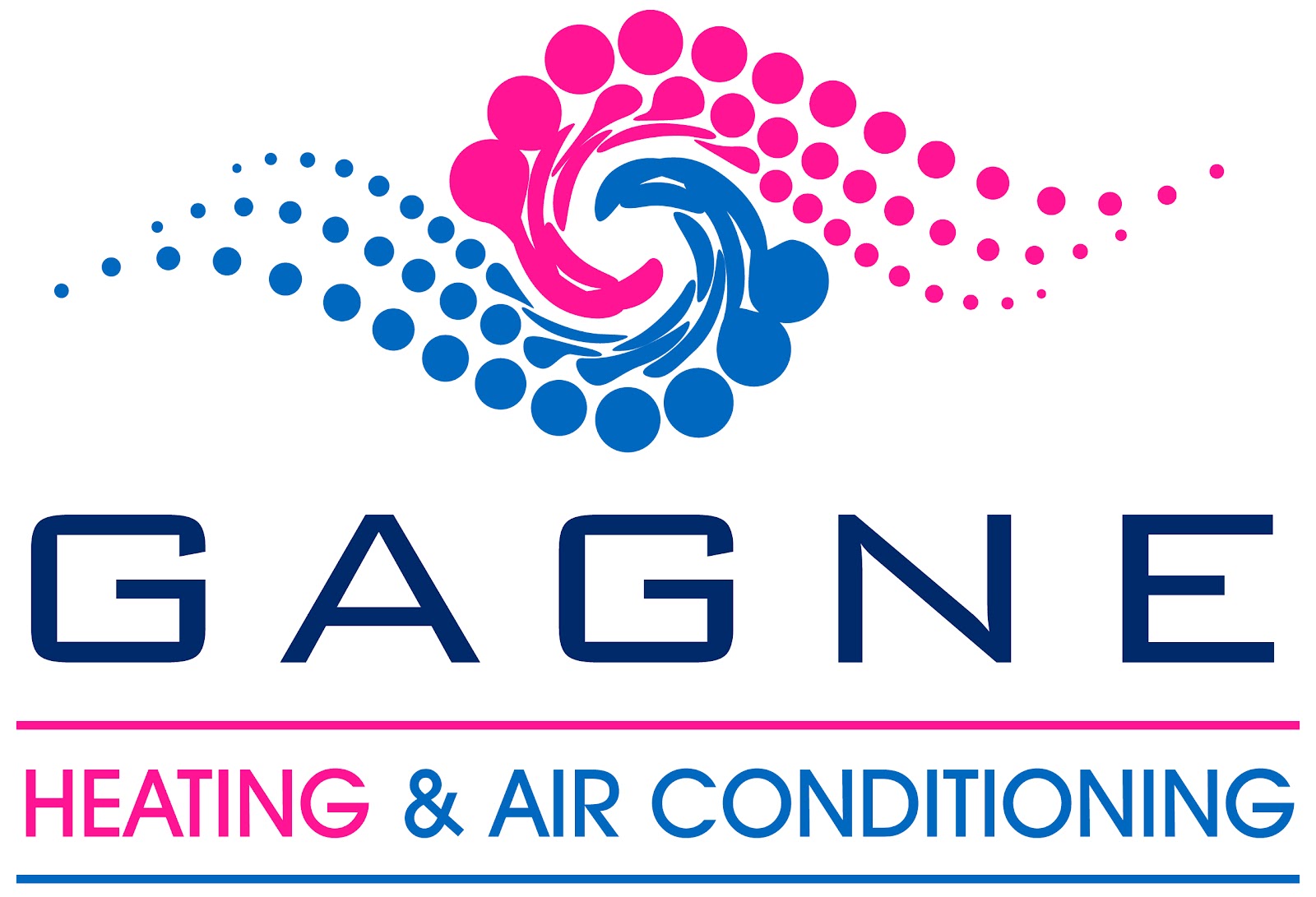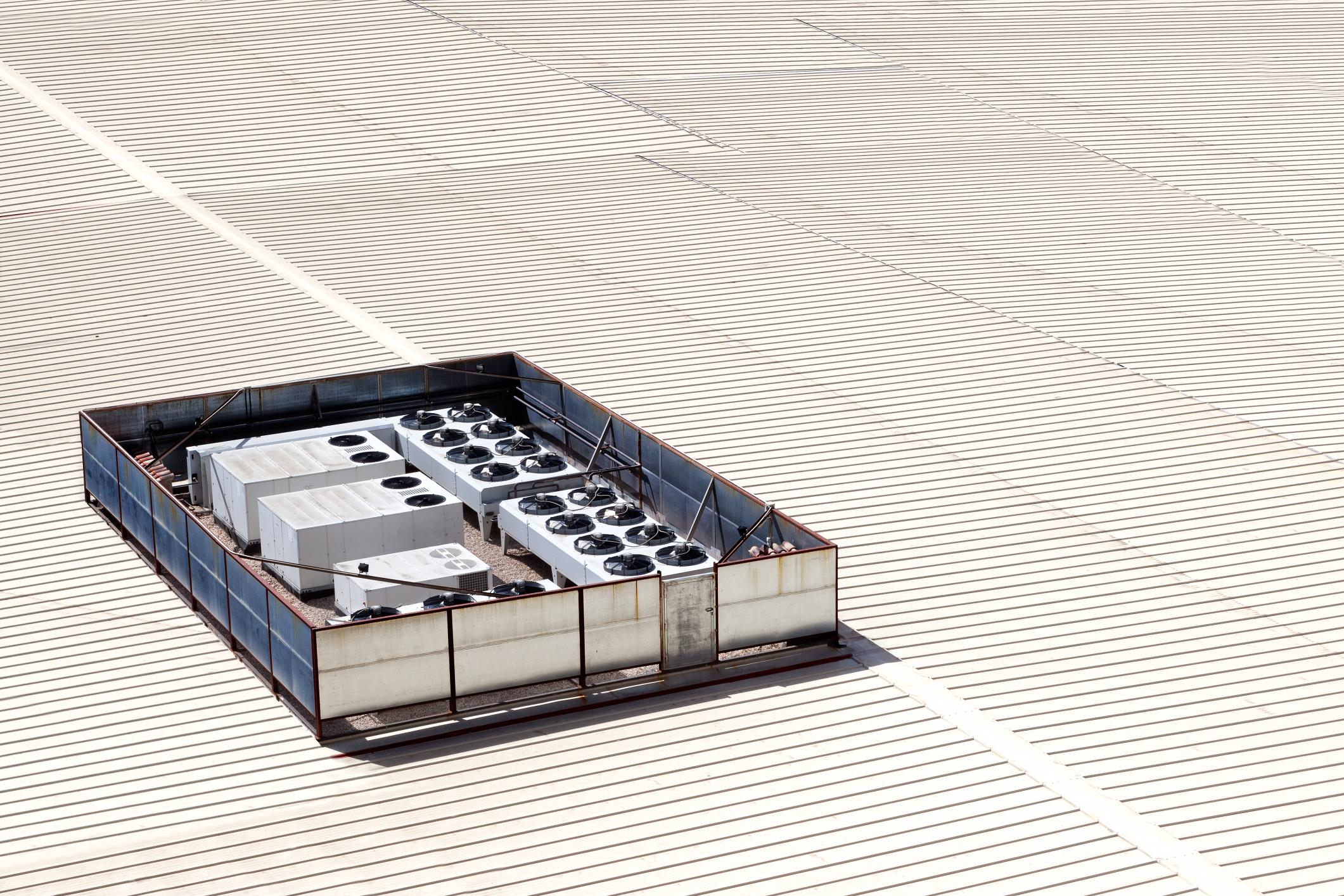While a perfectly functioning air conditioning system is easy to set and forget about, an HVAC unit is very important to your business. After all, if it ever breaks down, you’ll have a crisis on your hands – especially if it happens during one of the hottest months of the year like July or August.
Therefore, it is important that you know the ins and outs of your HVAC system, just in case you need to do some quick DIY maintenance in an emergency situation. Here are seven major components to every commercial HVAC system:
- Thermostat
The thermostat is the most well-known HVAC component. Thermostats can range from manual to programmable, but all thermostats achieve the same goal: setting your building at a desired temperature. Large buildings often have multiple thermostats that help to more efficiently control indoor temperature.
- Furnace
Furnaces are also familiar to most people—they heat your building. Most commercial furnaces are large pieces of equipment and require a fair amount of space. Heaters and furnaces are often placed in the basement of a building or on the roof. They work by pushing hot air through the ducts and into the rooms in the buildings via ductwork. Though furnaces aren’t used frequently here in the Atlanta area, it is vital that they stay maintained.
- Heat Exchange
A heat exchange is located within a furnace’s housing unit. This component turns on when a thermostat engages the furnace. The heat exchanges draws in cool air, heats it and pushes it out through vents.
- Evaporator Coil
Evaporator coils are the AC equivalent of the heat exchange, but they’re attached to a different part—in the metal enclosure attached to a furnace.
- Condensing Unit
The condensing unit is separate from your furnace, however it is still an important component. Condensing units store refrigerant liquid to cool the air. A condenser works by spraying liquid through the evaporator coil and allowing it to evaporate. This evaporation causes the temperature to drop rapidly. The gas is then recycled back into the unit.
- Ducts
Heating, ventilation and air conditioning ducts typically run through your business’ ceiling and each room will have at least one duct opening that connects to the room’s vent.
- Vents
Vents are the other most noticeable elements of a HVAC unit. They are rectangular openings that allow warm or cool air to flow into a room. Some vents even give users the ability to angle the air in different directions.
Now you know more about your HVAC unit. Don’t worry, you won’t be tested on your knowledge, but it is good to know just in case of a sudden breakdown.
Contact the Gagne Heating & Air Conditioning professionals in Alpharetta, serving the greater Atlanta area, for all of your emergency A/C needs.
While you’re there, take the time to browse our blog and knowledge center for other HVAC maintenance and care tips, including 5 Ways to Lower Your Business’ Heating & Cooling Costs and Boost Profits.

